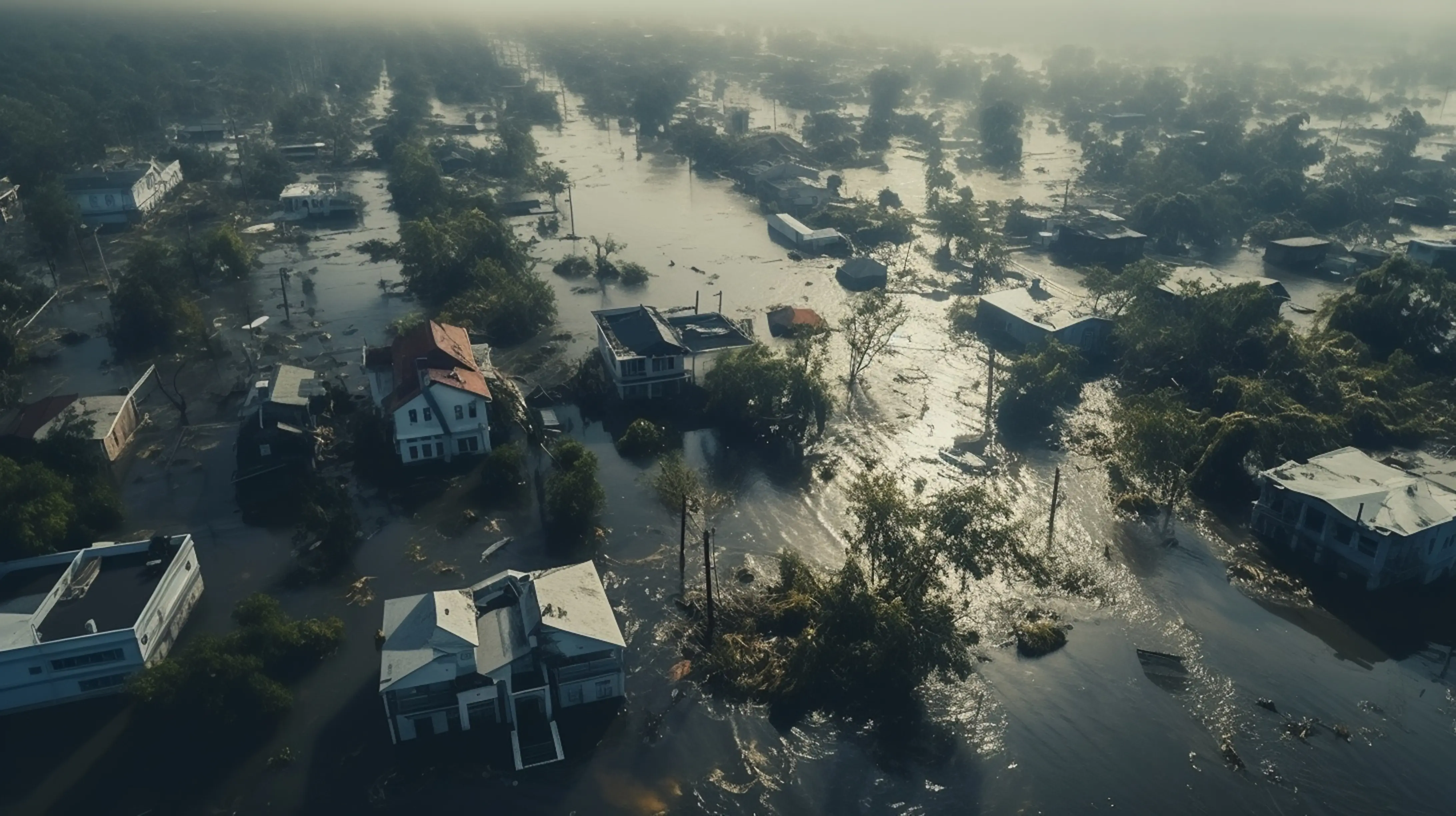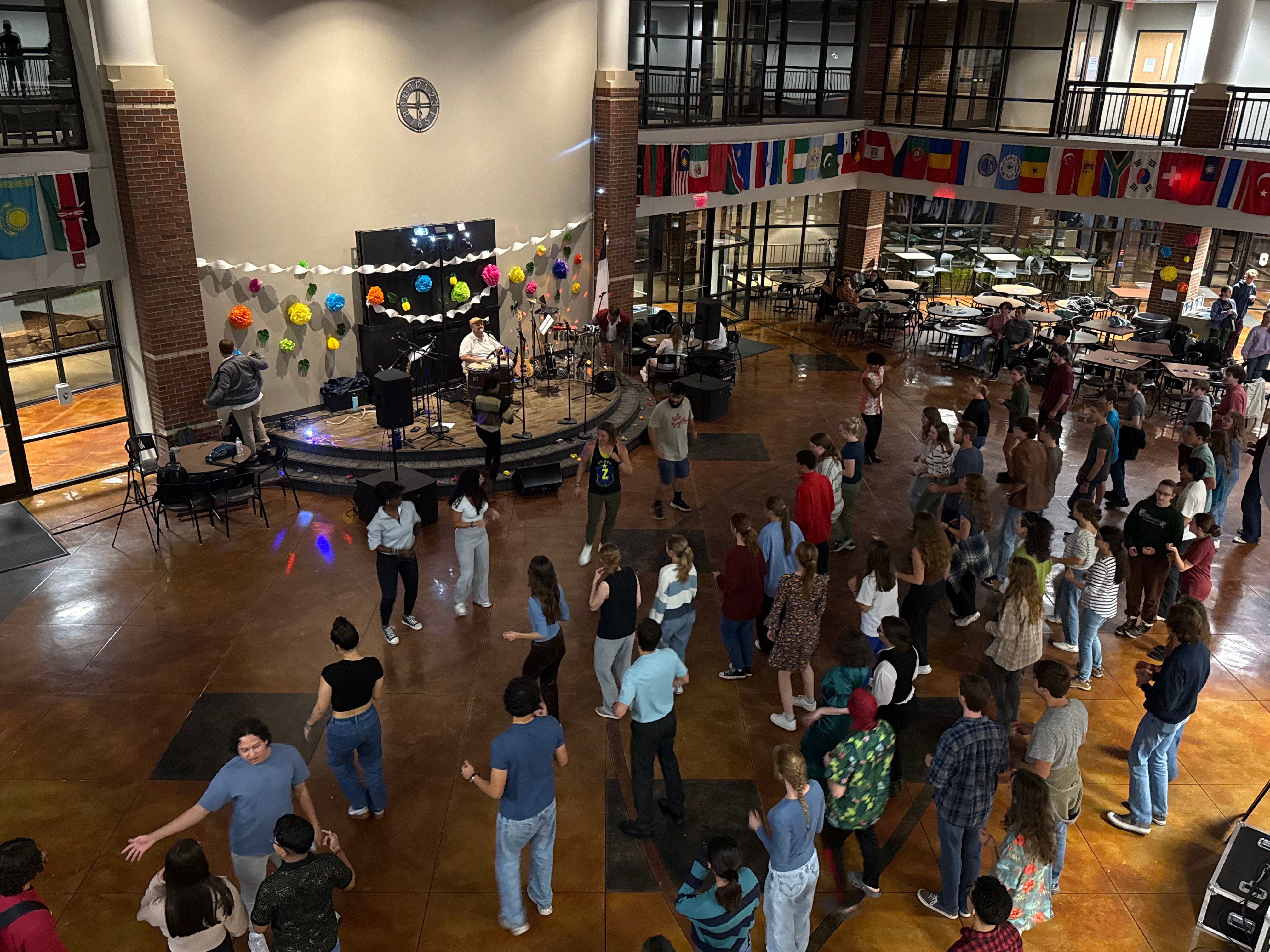In recent months, natural disasters have destroyed cities, displaced thousands and claimed countless lives worldwide. In September alone, the United States faced two devastating hurricanes that destroyed properties and left communities without water and electricity for days.
About a month later, disaster would strike across the globe. Torrential rains and flash floods swept through the streets of Valencia, Spain, on Oct. 29, destroying everything in their path. Valencia, a densely populated city home to around 300,000 people, was submerged under a year’s worth of rain in less than eight hours.
People commuting through the streets were caught off guard by the tsunami-like floods that appeared almost out of nowhere. Many were swept away or trapped in their vehicles.
The current death toll stands at 227, making this Spain’s deadliest natural disaster in years. The town of Paiporta has been among the hardest hit, reporting 62 fatalities—mostly people overwhelmed by the rapidly rising waters. An estimated 100,000 cars were also destroyed, leaving streets littered with mangled vehicles.
Some have expressed that the tragic outcomes of the flooding could be largely attributed to the city’s ill-preparedness for such a disaster. The months before the storms portrayed a lack of rainfall that rendered the ground unable to absorb rainwater efficiently.
Additionally, experts have criticized the inadequacies of Valencia’s infrastructure, pointing to the lack of sufficient waterways to mitigate flooding. These shortcomings, they argue, are a direct result of the government's failure to invest in essential projects.
“[With better infrastructure] those deaths would have been infinitely less," an engineer and professor of Transportation Engineering and Infrastructure at the University of Alicante, Luis Bañon, said in an interview with Reuters.
The lack of preparation and perceived failure of officials to respond adequately to the crisis has sparked outrage among Valencia’s citizens. During a visit by King Felipe VI, Queen Letizia and Prime Minister Pedro Sánchez, angry residents pelted them with mud, an expression of their frustration and grief towards their apparent lack of response.
“We were sent home from class and got an alarm on our phones at 8 p.m. telling us to stay inside,” a CEU Cardinal Herrera University student and resident of Valencia, Sara Pola, said. “But by 6 p.m., the streets were already flooded—cars and people were already floating down the street. It took way too long.”
Pola further commented on the widespread destruction caused by the flooding, highlighting the toll it took on nearby communities.
“Thirty minutes from where I live, entire communities have been destroyed—people’s homes, even those of people I know. The trains and subways, everything—it was a mess,” she said.
As Valencia began its long road toward recovery, Spain’s battle with extreme weather was far from over. Just two weeks later, the city of Málaga, located on the southern coast, was pummeled by torrential rainfall. On Nov. 13, severe thunderstorms brought over a month’s worth of rainfall, picking up about 100 millimeters (nearly 4 inches) of rain in a single day. Of those, 78 millimeters fell within an hour.
The same day, the Malaga City Council issued an evacuation order for people living in the area, with over 4,000 people and a thousand homes being evacuated. Additionally, rail services were suspended and classes were canceled in schools all over the area over safety concerns.
Ellie Sargent, a freshman at John Brown University who spent half her life in Málaga as the daughter of missionaries, reflected on the fear and challenges the storms have brought to her hometown.
“In Valencia, the government didn’t respond very well. So when they were saying that there were going to be storms in Málaga, everyone got scared,” Sargent said, explaining the heightened anxiety among residents after witnessing the devastation in Valencia.
She also highlighted how Malaga’s decades-long drought has left the region particularly vulnerable. “We don’t have drainage systems because we never get rain. So when it rains, it immediately floods,” she said.
For Sargent, watching the disaster unfold from afar has been especially difficult. “It was so hard just having left my home a few months ago, and we’d never had natural disasters at all. But then I left, and then something happened, and I couldn’t do anything about it. It was very hard,” she said.
Spain hasn’t been the only region affected by severe storms. The Central American region has recently been rocked by Tropical Storm Sara, which made landfall on Nov. 14 and unleashed devastating floods, collapsed infrastructure, and left thousands scrambling for safety.
The storm first struck the northern coast of Honduras, bringing torrential rains that caused rivers to overflow and bridges to collapse—cutting off access to dozens of isolated communities. In Honduras alone, more than 110,000 people were impacted, with over 8,000 evacuated and nearly 5,000 seeking refuge in shelters. Entire neighborhoods were submerged, leaving homes and livelihoods in ruin.
After battering Honduras, Sara moved westward, weakening into a tropical depression as it reached Belize and Mexico’s Yucatán Peninsula. Still, the storm left significant destruction in its wake. Officials estimate that in some areas, up to 40 inches of rain fell, resulting in severe flooding that displaced families, submerged crops and closed vital roads.
The storm’s impact wasn’t limited to Honduras. In Costa Rica, the province of Guanacaste, known for its tourism and agriculture, was hit especially hard. Flooded fields, washed-out roads and shuttered airports have left the area reeling. To the south, near the Panamanian border, river overflows have cut off entire communities, leaving residents stranded without essential supplies. Panama, still recovering from earlier seasonal rains that claimed 11 lives, faced further challenges with Sara’s arrival.
Guatemala also felt the storm’s force. In the northern town of Melchor de Mencos, near the Belizean border, families fled their flooded homes to seek shelter wherever they could. Civil defense authorities have warned of the continued risk of collapsed water sources and rising river levels. Meanwhile, Nicaragua remains on high alert as the government declared a “yellow alert” across the country due to swelling rivers and the threat of landslides.
Sofía Guevara, a student at the University of Costa Rica—one of the country’s largest universities—mentioned in an interview the devastating impact the relentless rainfall has had on the campus community in recent weeks.
“It’s been raining so much that trees and branches have started falling all around the campus,” Guevara said.
She also noted the tragic death of a student who was struck by a falling branch, highlighting the severity of the situation. “The university had to start an emergency process to remove them, as they were posing a serious safety risk. As a result, we haven’t been able to attend classes for nearly two weeks, delaying project submissions, final presentations, and exams. With the semester ending, it’s been total chaos” she said.
A study of the flooding in Valencia, conducted by the World Weather Attribution, found that climate change made the intense rainfall about 12% heavier and twice as likely to occur.
“The role I could see climate change playing in extending the bounds of the traditional hurricane season is the warming ocean,” a hurricane researcher at the University of Miami, Brian McNoldy, said in an interview with AP News, referring to the impact of climate change on tropical storms like Sara.
The arrival of disasters like these across the globe is no coincidence. Environmental experts have noted that climate change and global warming are worsening the impact of such events. For every 1°C rise in average temperature, they explain, the atmosphere can hold about 7% more moisture, making rainfall heavier. Furthermore, the Intergovernmental Panel on Climate Change’s most recent report on climate adaptation revealed that climate-fueled disasters are turning out to be more severe than scientists had originally predicted.
Photo courtesy of frimufilms on Freepik

Celeste Masis
Celeste is a student at John Brown University.





